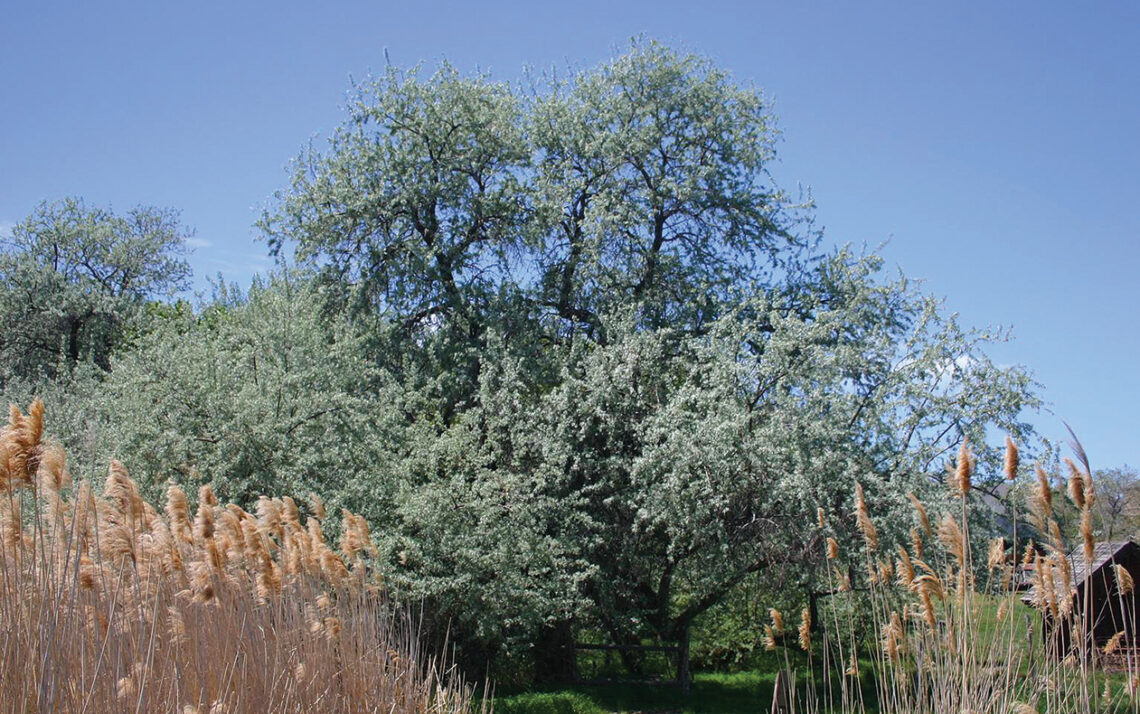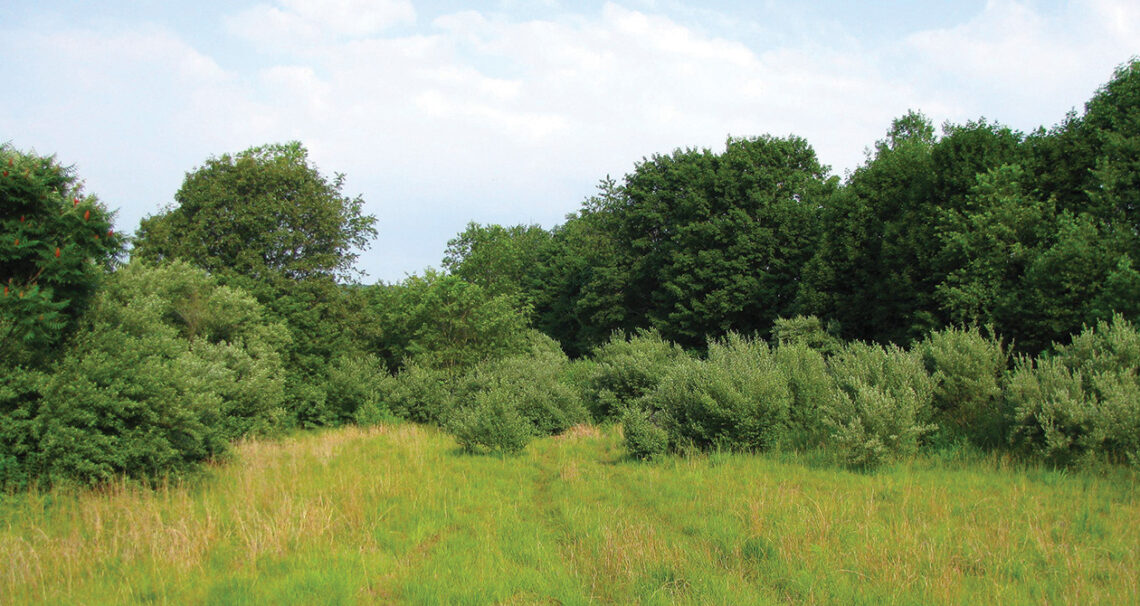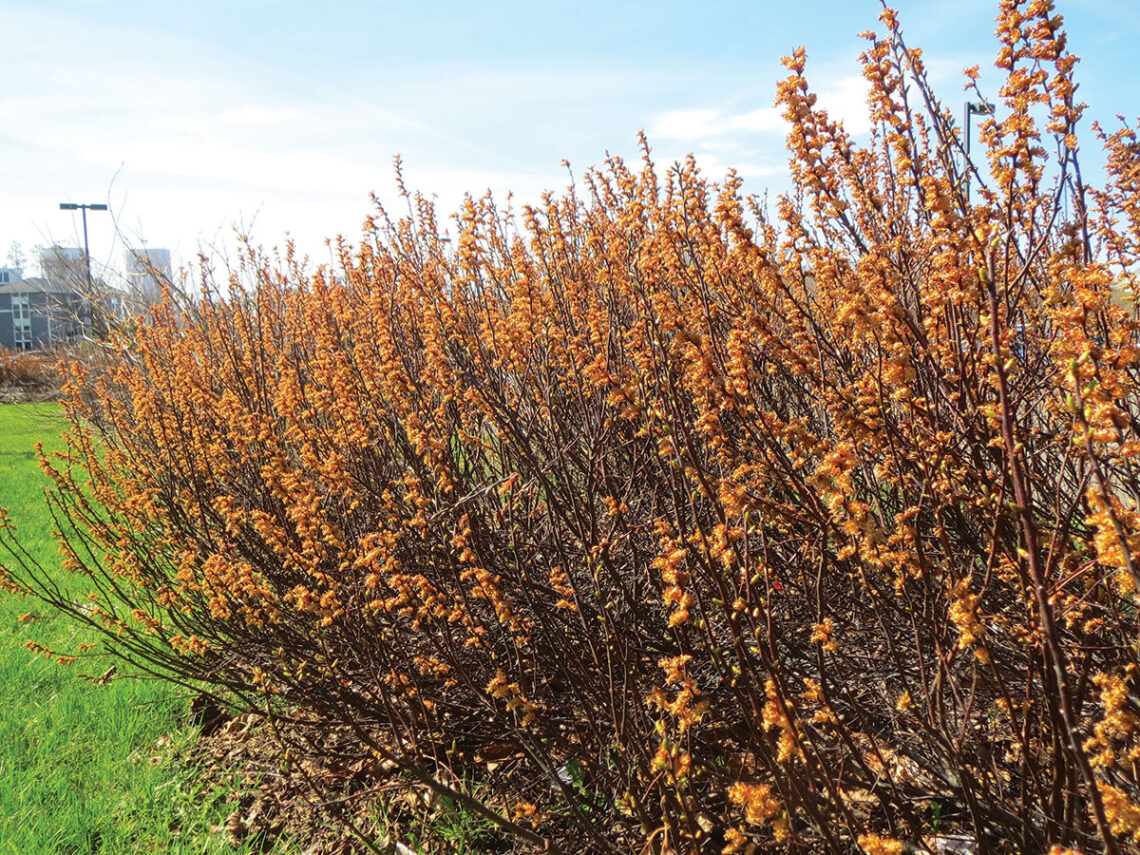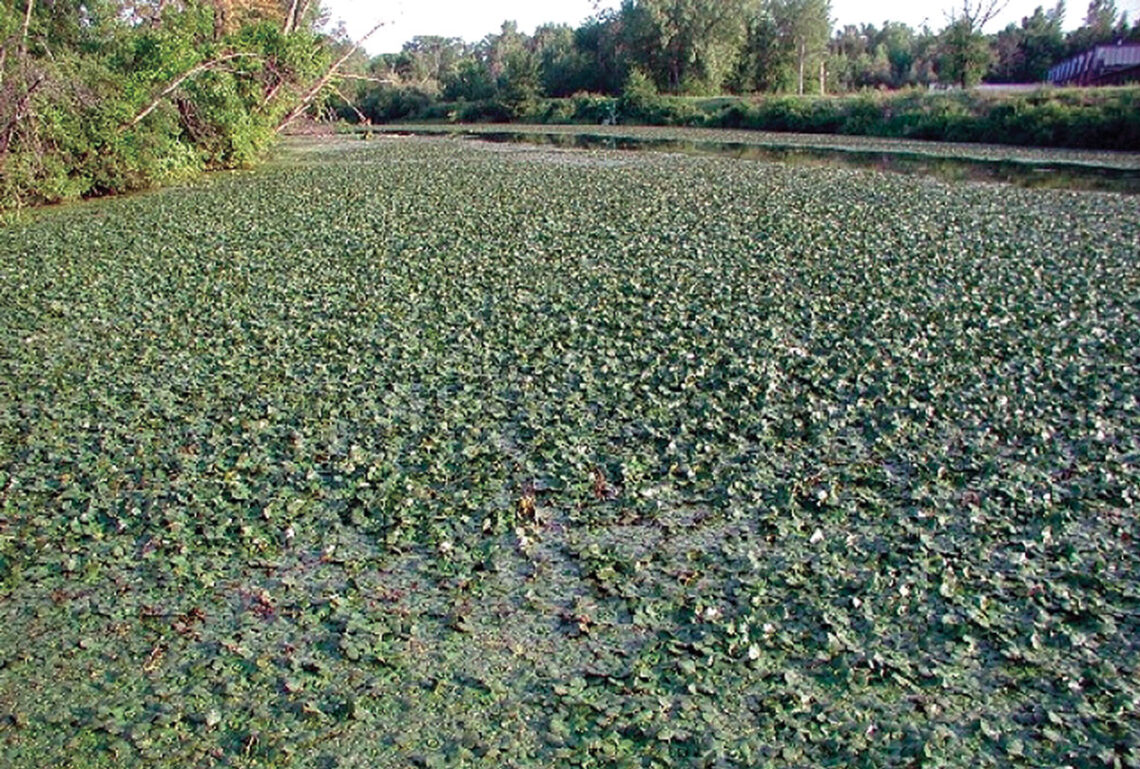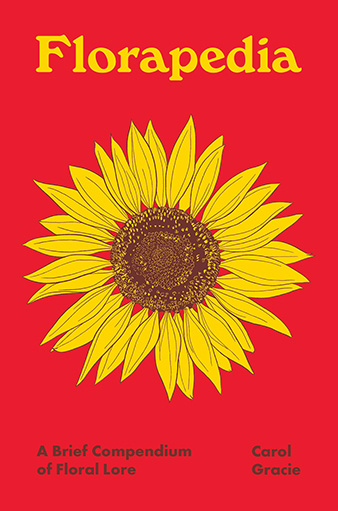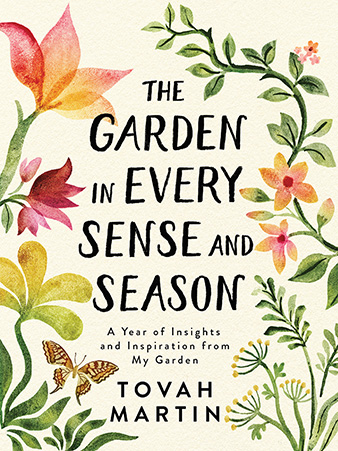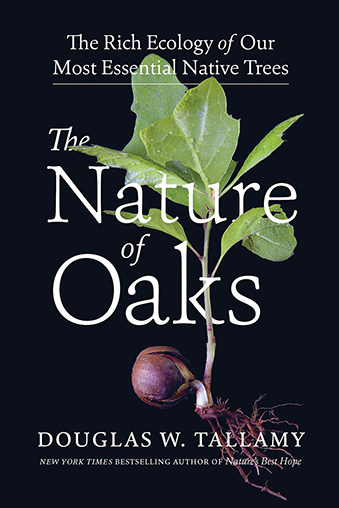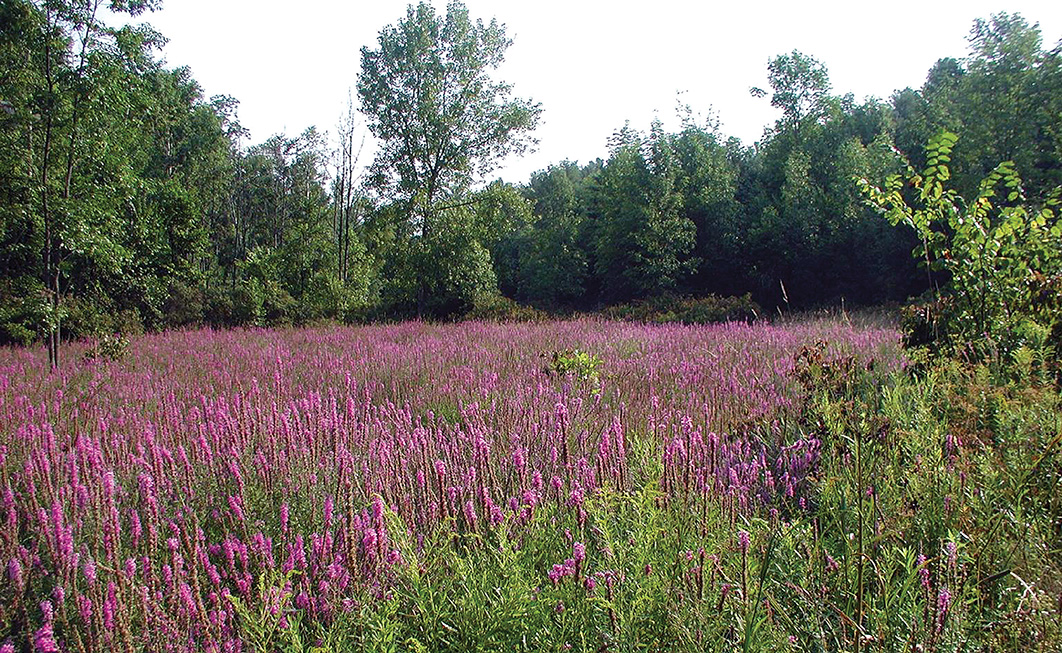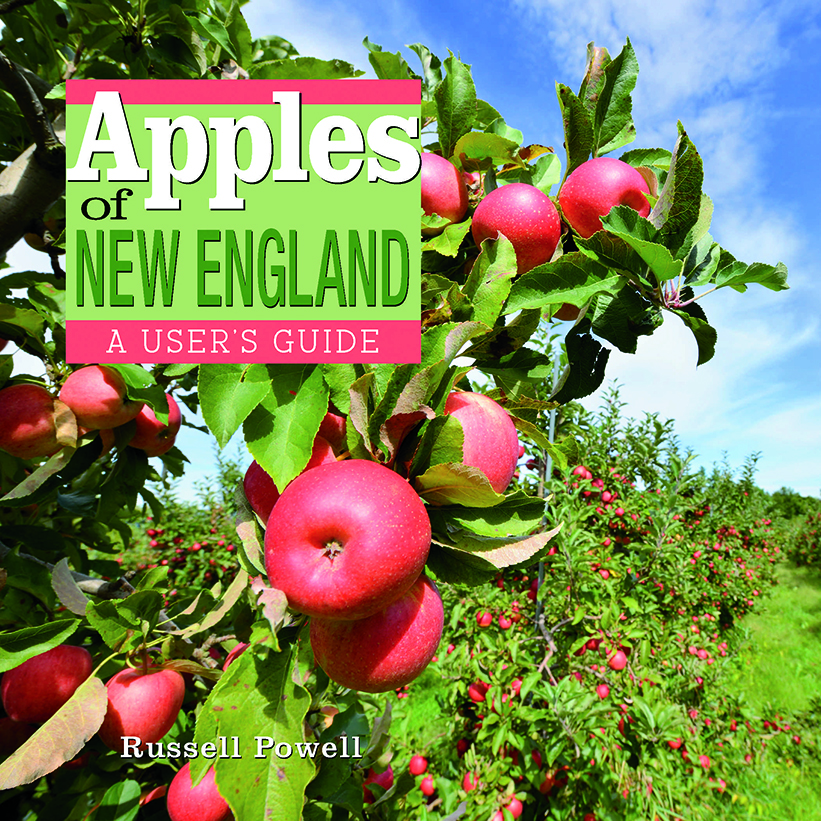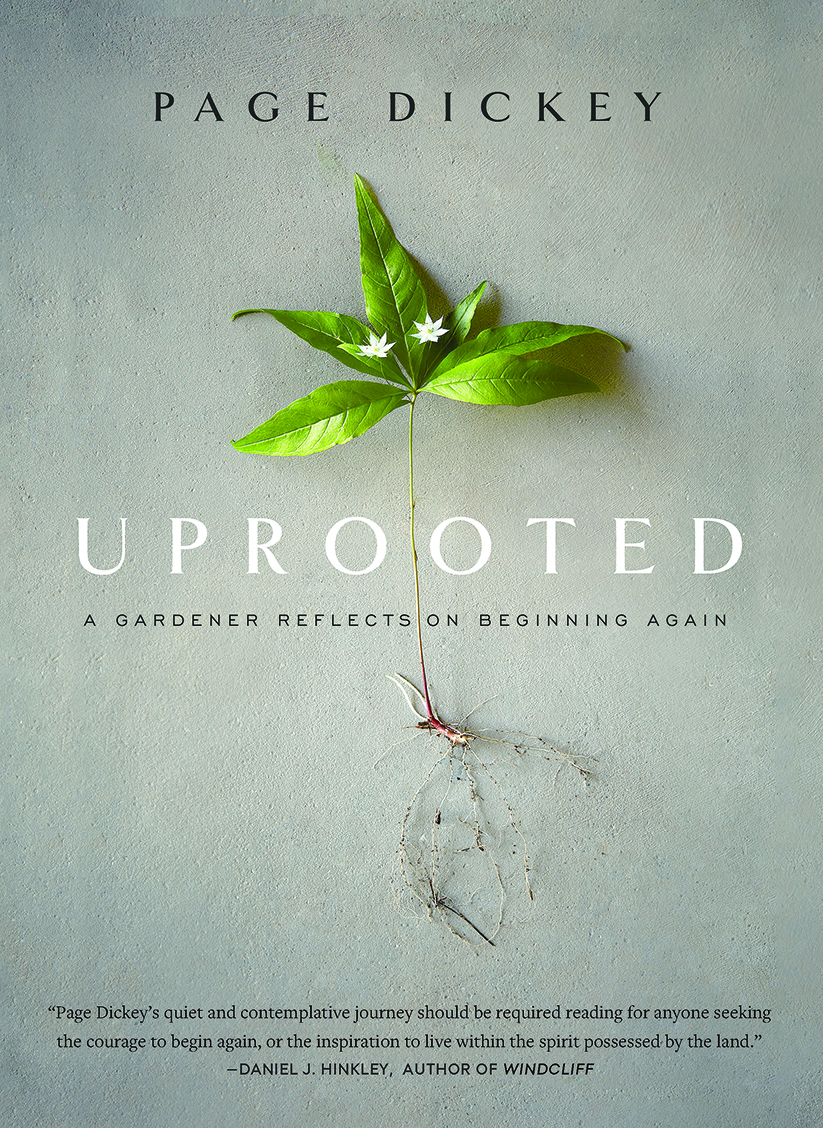RUSSIAN OLIVE (Elaeagnus angustifolia) is native to southern Europe and western Asia. According to the Native Plant Trust “it has been planted extensively throughout the United States as a windbreak, ornamental shrub, soil stabilizer, and wildlife attractant.” It was brought to the United States in the early 1900s. For many years, the U.S. Soil Conservation Service (nowthe Natural Resources & Conservation Service) recommended it for wildlife habitat and as a windbreak. IdentificationRussian olive is a thorny shrub or small tree that can grow to 25 feet or higher. It prefers disturbed areas, roadsides, forest edges, meadows and fields. The lanceolate leaves are arrangedalternately. They’re 1.5-3.25 inches long with a smooth…
-
-
Invasive Autumn Olive
AUTUMN OLIVE (Elaeagnus umbellata) is a large deciduous shrub or small tree that’s considered invasive in Connecticut. Native to Eastern Asia, from the Himalayas to Japan and Korea, it’s also called Japanese silverberry, Japanese oleaster and cardinal olive. Introduced to the U.S. in 1917 it has been used as an ornamental but also for wildlife habitat and erosion control. In Connecticut it was routinely planted along the sides of highways. IdentificationAutumn olive can grow to 20 feet or more. It has alternate oval leaves with wavy margins. The 2-4 inch long leavesare gray-green on top and silver underneath. Some branches may have sharp thorns. The fragrant flowers are arranged in…
-
UConn Unveils NativeStar® Trademark
By Anna Zarra Aldrich, CAHNR The University of Connecticut, in collaboration with researchers in the College of Agriculture, Health and Natural Resources (CAHNR), have established a trademark for improved cultivars of novel, native plant species. Professor of plant breeding and horticulture Mark Brand and associate professor of horticulture Jessica Lubell-Brand have been developing new cultivars for years, making more attractive and manageable plants for landscaping in Connecticut and areas with similar climates. These plants will be marketed under the NativeStar® trademark. The NativeStar® trademark is inspired by the fact that all of its plants are native to the northeast region of the United States, and because they have demonstrated to…
-
Invasive Water Chestnut
Water Chestnut (Trapa natans) infests many lakes and streams in Connecticut. Its common names include European water chestnut, water nut, horned water chestnut, water caltrop and bull nut. Native to Africa, Asia and Europe, it can be either free floating or rooted. It was first reported in North America near Concord, Massachusetts, in 1859. Its habitat includes lakes and ponds, slow-moving rivers and streams, and freshwater tidal estuaries. It prefers nutrient-rich waters less than 16 feet deep with a neutral to slightly alkaline pH. LeavesThe shiny two-inch leaves in the buoyant rosettes are triangular and have a saw-toothed edge. They connect toan inflated petiole that adds buoyancy. The leaves are…
-
Florapedia
By Will Rowlands This book is a frolic through the landscape of botany and history. It’s a natural for plant geeks but I can see “normal” people enjoying it, too. It’s an omnibus book in which Carol Gracie samples a rich history of botanists and botanical artists. Parasitic plants, underground plants, carnivorous plants, plants without chlorophyll, plants without roots, plants that communicate with each other, plants that impersonate the mates of insects. They’re all here. The Franklinia tree (Franklinia alatamaha), once a native, is now considered extinct in the wild. All trees are descended from trees collected by William Bartram in Pennsylvania. The tree was named after Benjamin Franklin, a…
-
The Garden in Every Sense & Season
By Will Rowlands Tovah Martin’s latest book, The Garden in Every Sense and Season – A Year of Insights and Inspiration from My Garden, came out this spring. Tovah is one of our favorite writers and we recommend this book to anyone who wants to connect with their garden on a deeper level. Tovah gives a lot of presentations and her interactions with attendees provides her with a good look at what’s going on with gardeners. This has shown her that many gardeners are so busy with their chores that they can miss the many joys of gardening. Her new book is organized by season and each season is broken…
-
The Nature of Oaks
By Anne Rowlands Of course Doug Tallamy would write a book about oaks. TThe University of Delaware entomologist has been praising and raising awareness of Quercus for years in his widely popular books and lectures, and this newest book is fascinating. It’s a really useful field guide – not only to oaks, but also to the myriad species that play a part in the oak ecosystem. “Oaks support more forms of life and more fascinating interactions than any other tree genus in North America,” writes Tallamy. The content drives that home. I found this little book (200 pages) to be written for those who want to dive into the science…
-
Invasive Purple Loosestrife
By Will Rowlands Purple loosestrife (Lythrum salicaria) was the first invasive plant I learned about. In the 1970s I saw ever larger incursions along Route 17K in New York, south of the Catskills, on my way to visit my older brother near Ithaca. When travelling the same route ten years ago and fully aware of its invasive nature, I saw very few patches. The area had been gentrified in the intervening decades and was now home to numerous horse farms. Donna Ellis at UConn told me that beetles were being used for bio-control in New York State but the loosestrife is still out there … I just wasn’t seeing it.…
-
Apples of New England
By Will Rowlands Interested in apples and their history? This book is for you. Both Anne and I found it entertaining and informative. Read about the real Johnny Appleseed (Massachusetts native John Chapman), and David Church from Newington, Connecticut, who distributed apple seeds during his travels in New York State. Immerse yourself in the history of apples in New England and discover which apple variety is the oldest … the Roxbury Russet or the Yellow Sweeting (aka Sweet Rhode Island Greening). Three of the most popularly grown apples in the 1700s and 1800s were the Roxbury Russet, Sheep’s Nose and Westfield Seek-No-Further, all discovered in New England. This handy book…
-
UPROOTED
By Will Rowlands Page Dickey’s former garden – Duck Hill in North Salem, New York – is well-known to garden buffs. It’s been featured in numerous publications and Dickey has written two books about it. Things changed when Dickey and her husband, Francis Schell, started considering a move. She was thinking of another quirky farmhouse, an apple orchard and maybe a real meadow. Who can blame her? I’d like a meadow and an orchard of Northern Spies. Dickey’s reasons for leaving are familiar to many of us: they were getting older, the cost of living was high and the three acres of intensive plantings were a challenge … and there…
